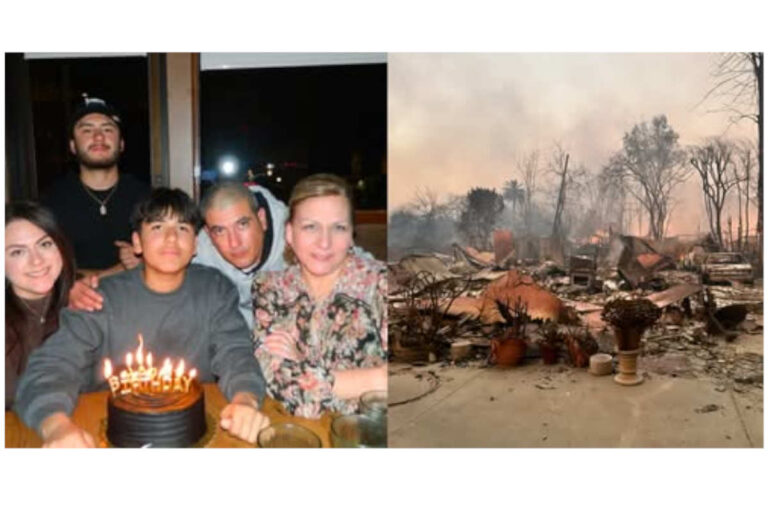
mundo
Mundo
Se baña una vez cada dos meses porque es alérgica al agua

Tessa Hansen-Smith. Foto: Cortesía.
Tessa es alérgica hasta a sus lágrimas y sudor. Una simple caminata puede provocarle irritación en la piel a causa del sudor.
Redacción Zacatecas
|2 de diciembre 2019
Compartir:
ESTADOS UNIDOS.- Tessa Hansen-Smith tiene 21 años, vive en California, y para bañarse debe hacerlo una vez por bimestre porque es alérgica al agua.
El padecimiento se conoce como urticaria acuagénica y es tan extraña como única.
Hasta el mínimo contacto con el agua puede provocar graves lesiones que van desde una fiebre, migraña o erupciones cutáneas.
Para Tessa no siempre fue así, pues sus primeros 8 años los vivió como cualquier otro niño. Sin embargo, poco a poco comenzó a presentar irritaciones en la piel.
Al principio, sus padres pensaron que se trataba de alguna alergia por los productos de limpieza que usaba o la agresividad con la que se tallaba.
Dos años más tarde, y tras sesiones dolorosas de baño, pudieron identificar la causa: urticaria acuagénica.
En la actualidad, Tessa ha intentado hacer una vida pese a su condición. Sin embargo, es algo complicado.
La joven puede sufrir malestares hasta por sus lágrimas, saliva y su sudor. Por ello, bañarse es una de las actividades más peligrosas de su día a día.
Además, hasta tomar agua le puede causar cortes en la lengua.
Viviendo sin agua
A través de Instagram, la joven narra algunas de sus experiencias y dificultades debido a que es alérgica al agua.
Tessa explica que, hasta en caminatas cortas, termina con erupciones e irritaciones en la piel por el sudor que genera.
“Otra razón por la que las chicas grandes no lloran”, escribe en Instagram. “Cuando lloro suelo tener erupciones alrededor de mis ojos. Es difícil poner medicamento cerca a tus ojos debido a que son zonas sensibles”.
Más Leídas
TE PUEDE INTERESAR
Ver más
Tik tak zac S.A. de C.V.- De no existir previa autorización por escrito, queda expresamente prohibida la publicación, retransmisión, edición y cualquier otro uso de los contenidos de este portal.




![[VIDEO] Nieto da golpiza a su abuelo; este se defiende y lo mata a tiros](https://admin.imagenzac.com.mx/wp-content/uploads/2022/06/Sin-titulo4-132-1-768x399.jpg)











